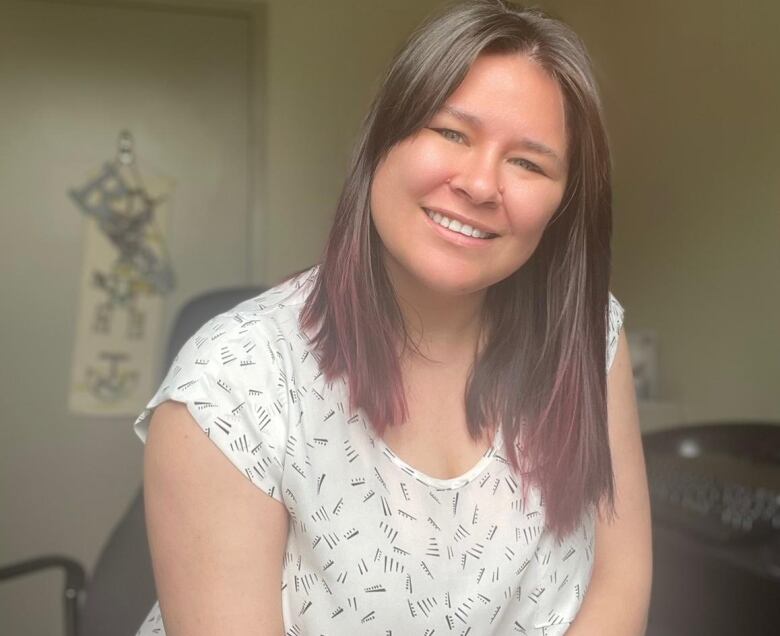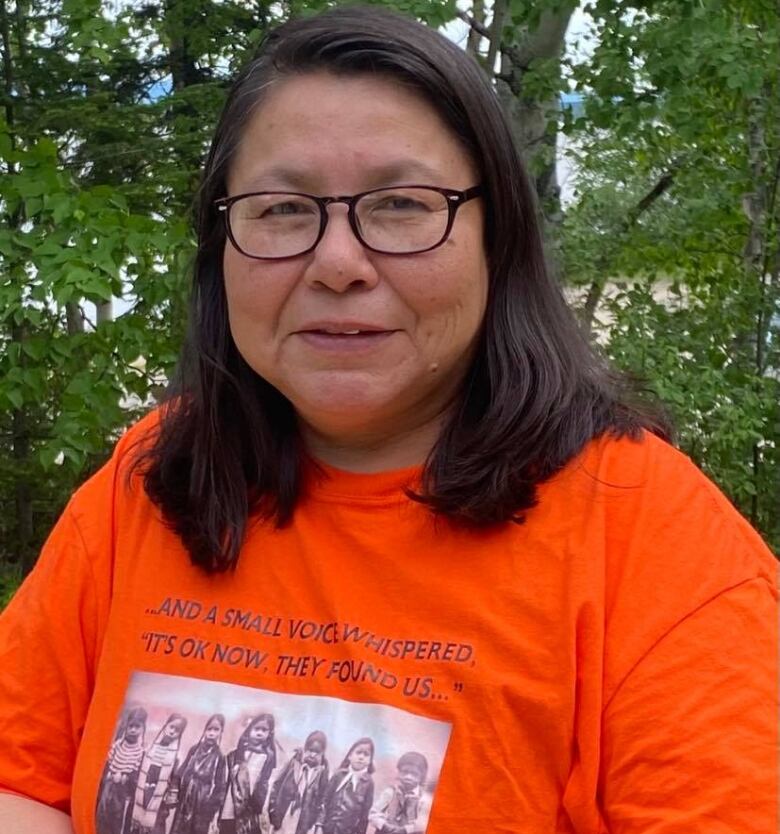N.L. ending controversial practice that's led to newborns being seized from mothers
Birth alerts widely criticized for disproportionately affecting Indigenous women

Newfoundland and Labrador is ending a practice that has been condemned for disproportionately affecting pregnant Indigenous women.
"In keeping with the recommendations in the Truth and Reconciliation Commission and the Missing and Murdered Indigenous Women and Girls Inquiry, the Department of Children, Seniors and Social Development will discontinue the practice of sending birth alerts to hospitals, as of June 30, 2021," the province said in a statement emailed to CBC News.
Birth alerts can lead to the apprehension of newborn babies without the mother's consent or consultation.
"Yes, it does happen at birth here," said Krista Mogridge, a former child services social worker in the provinceand currently an Indigenous representative with the Nunatsiavut government's Department of Health and Social Development.
"I guess every situation is unique, but certainly there are babies apprehended at birth," she said. "Right out of delivery rooms, in some situations."
If a social worker learns about a pregnancy and has concerns about the parents' capacity to care for the child, current provincial policy requires them to issue a birth alert by notifying the local hospital so the hospital can advise child services when the baby is born.

The policy outlines current or previous child protection involvement, proof or suspicion of serious drug or alcohol use and mental health or cognitive impairment issues that would threaten the child's safety as some of the factors considered in determining whether a child is at high risk of "removal" at birth.
'Systemic and long-standing racism'
In its final report released two years ago, the National Inquiry into Missing and Murdered Indigenous Women and Girls called on provinces and territories to immediately end birth alerts.
The MMIWG report said that birth alerts are racist and discriminatoryand a gross violation of the rights of the child, mother and community. The report linked the practice to the disproportionate number of Indigenous infants and children apprehended by child welfare.
"Part of why we see Indigenous people over-represented in the use of birth alerts ...is because of systemic and long-standing racism," said Billie Allan,an assistant professor at the University of Victoria's school of social workwhospecializes in Indigenous health and well-being.
In particular, she cited the way Indigenous parents are perceived and "the sense of our fitness and capacity for parenting."
Newfoundland and Labrador is one of the last provinces to end birth alerts. It is still on the policy books in New Brunswick and Nova Scotia,and Indigenous groups in Quebec publicly condemned the practice as recently as last month.
When the decision was made to end the practice in Ontario last year, government officials said racialized parentsparticularly Indigenous and Black mothers weredisproportionately affected.
- Calls to ban birth alerts grow louder as other provinces end controversial practice
- Mothers call for support, not threats, as Sask. and P.E.I. end birth alerts
- 'Discriminatory practice' of birth alerts to end in Ontario, and that's good for Indigenous families, says ONWA
- B.C. ends birth alertsin child welfare cases, but advocates say it's only first step
It's unclear how many birth alerts have been issued in Newfoundland and Labradorannually. Thedepartment said it was unable to provide that data. Other provinces have released that information in the past.
Communities, however, say birth alerts have been in decline.
"We seen a lot up until two years ago, maybe," said Germaine Benuen, the executive director of the Innu Round Table Secretariat. Her organization tries to intervene before child welfare gets involved.
They started putting prevention services in place about four years ago,Benuen said things like support groups, counselling, housing supports and addictiontreatments.
That kind of community-led programming will help, Benuen said.

Nunatsiavut is also seeing fewer birth alerts. Transparency from social workers and the child welfare system is key, Mogridge added, as are more collaborative and preventative approaches to supporting childrenstaying with their families.
'That fear is very real'
Mogridge and Benuenboth spoke of the fear felt by their communities.
Under the threat of a birth alert, they said, an expectant mothermay choose to delay prenatal care, knowingherpregnancy may be flagged and hernewborn possibly taken.
"That fear is very real in our Inuit communities as a result of colonization and the child welfare system, so I think that practice adds to it, that fear," Mogridge said.
They agree ending birth alerts is a small step. Each of those Indigenous groups is working with the government to improve the situationgoing forward.
When they come across issues and obstacles, things can't always change right away, Benuen said, because of the policies in place.
"But we're working together and [have] come to an understanding that it could be better, and it will be over time," she said. "I have a positive feeling about that."












_(720p).jpg)


 OFFICIAL HD MUSIC VIDEO.jpg)
.jpg)



























































































